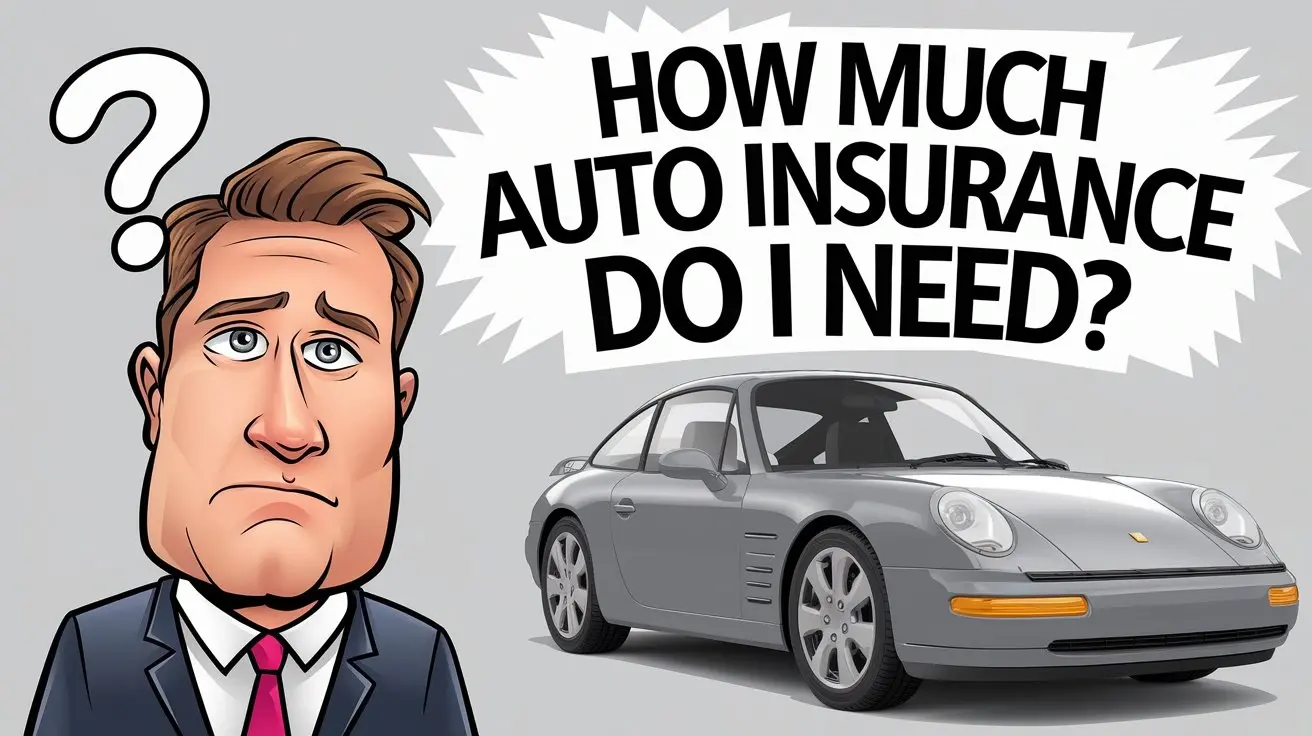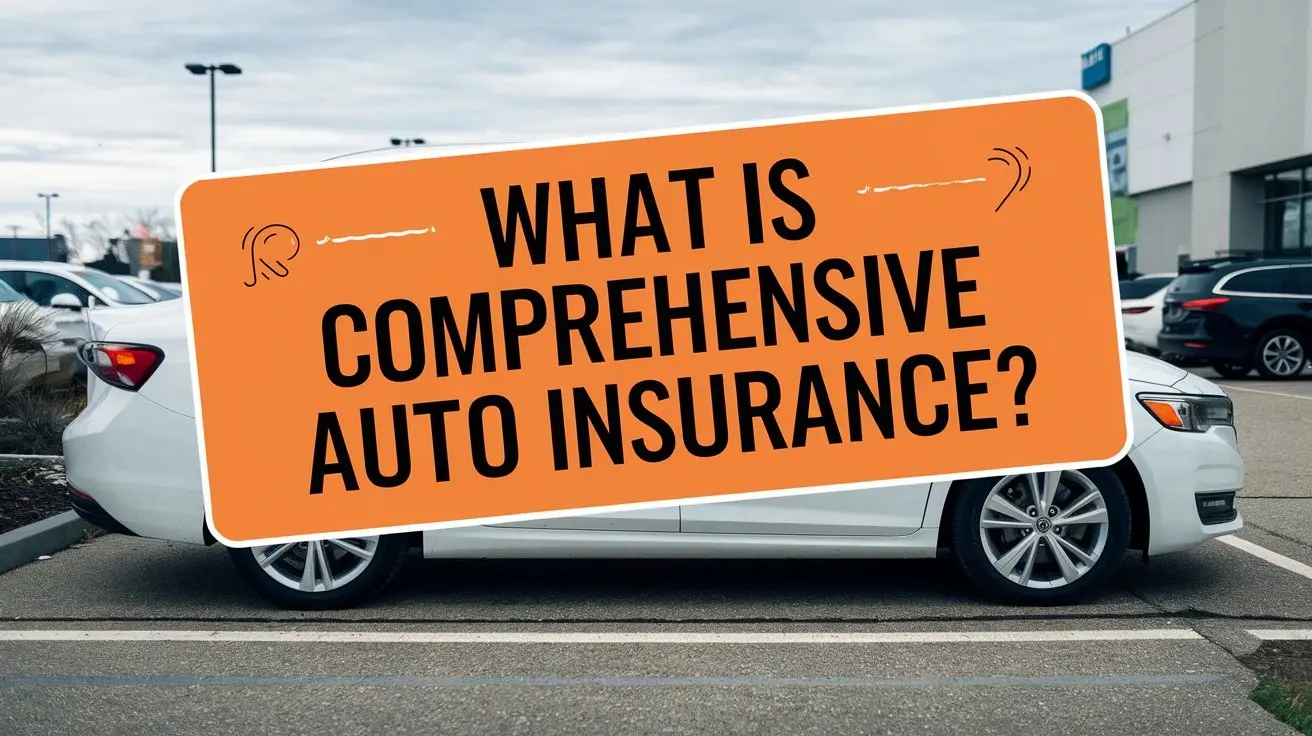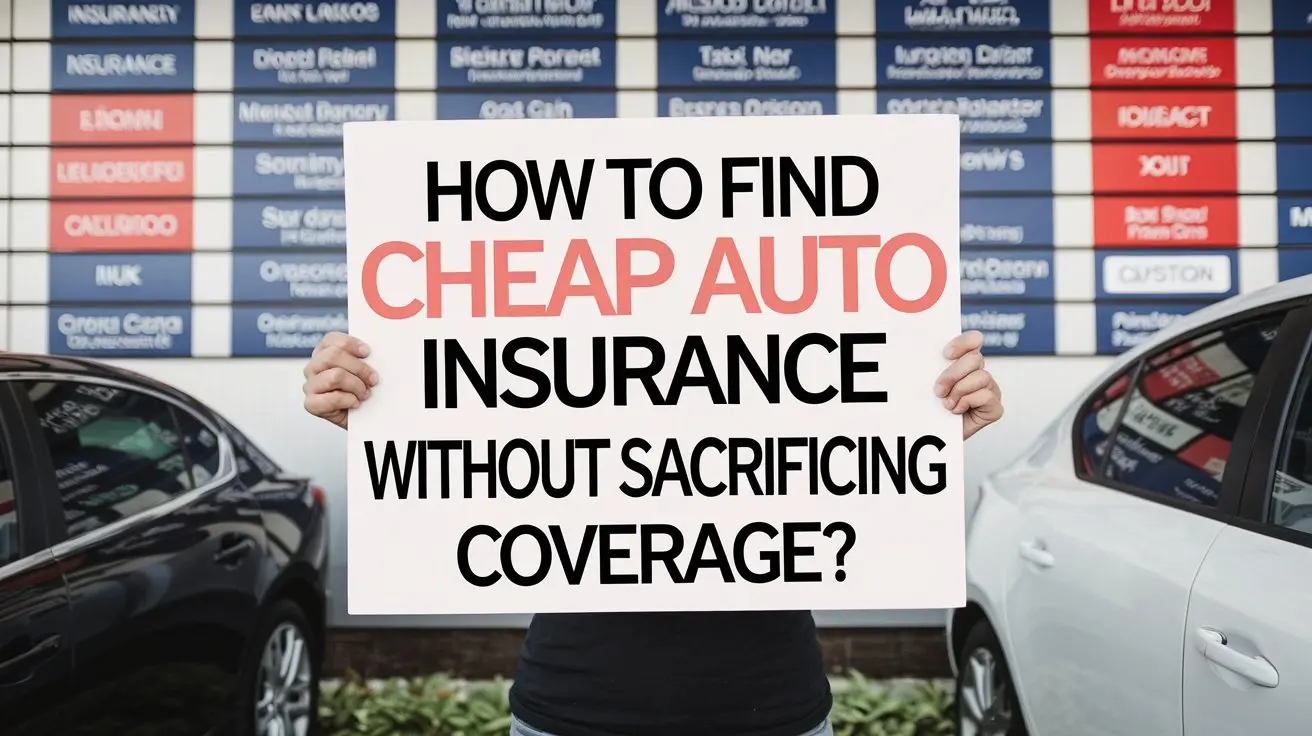12
Apr

Auto insurance is a legal requirement in most states, but figuring out how much you need is where many drivers get confused. Should you stick with your state’s minimum coverage? Or is full coverage a smarter choice in the long run?
In this guide, we’ll help you determine how much auto insurance you need based on your situation, vehicle value, driving habits, and state laws. By the end, you’ll know what coverage types to consider and how to strike the perfect balance between cost and protection.
Understanding the Basics: What Does Auto Insurance Cover?
Before deciding how much insurance to buy, it’s essential to understand the main types of coverage available:
Coverage Type What It Covers
Liability Bodily injury and property damage you cause to others
Collision Damage to your car from an accident, regardless of fault
Comprehensive Non-collision damage (theft, vandalism, natural disasters)
Uninsured/Underinsured MotoristThis covers your expenses if hit by an uninsured driver
Medical Payments / PIP Medical costs for you and your passengers
What is the Minimum Auto Insurance Requirement?
Each U.S. state sets its minimum insurance requirements, mostly focused on liability coverage. Here’s a typical example:
$25,000 for bodily injury per person
$50,000 for bodily injury per accident
$25,000 for property damage
These are often abbreviated as 25/50/25.
Important: While these limits satisfy legal requirements, they may not offer enough financial protection in serious accidents. If damages exceed your limits, you’ll pay the difference out of pocket.
When is Minimum Coverage Enough?
State minimums may be enough if:
You drive an older, low-value vehicle
You don't drive often
You’re looking for the lowest possible premium
You have limited personal assets at risk
However, minimum coverage leaves your vehicle and injuries unprotected. If you're at fault, you'll pay for your own repairs and medical bills.
When You Should Consider More Coverage
Here’s when it makes sense to carry higher or full coverage limits:
You Drive a New or Expensive Car
Repairs or replacements can be costly. Collision and comprehensive coverage are smart investments here.
You Have a Loan or Lease
Lenders usually require full coverage until the vehicle is paid off.
You Have Assets to Protect
If you own a home, savings, or investments, liability limits below $100,000 could expose you to lawsuits and garnishment.
You Live in a High-Risk Area
Areas with high accident or theft rates may warrant extra coverage like comprehensive, uninsured motorist, or PIP.
Recommended Coverage Limits
While every driver’s needs differ, here’s a good rule of thumb for moderate to full protection:
Liability: 100/300/100 (bodily injury per person/accident, property damage)
Collision: Yes (especially for newer cars)
Comprehensive: Yes
Uninsured Motorist: Match your liability limits
Medical Payments or PIP: $5,000 to $10,000, depending on your health insurance
These limits give you robust protection in most accident scenarios without over-insuring.
Optional Coverages to Consider
Besides the core coverage types, many insurers offer valuable add-ons:
Add-On Why It’s Useful
Gap Insurance: Covers the difference if your car is totaled and you owe more than its value
Rental Reimbursement: Pays for a rental car while yours is in the shop
Roadside Assistance: Helps with towing, flat tires, battery jump, etc.
New Car Replacement: Replacement of a totaled new car with the same make/model
If your budget allows, these can save money and stress in a covered event.
How Much Insurance Do I Need Based on My Situation?
Here’s a quick breakdown of typical coverage needs by driver profile:
???? New Car Owners
Collision: Yes
Comprehensive: Yes
Liability: 100/300/100
Add-ons: Gap insurance, new car replacement
???? Drivers With High Net Worth
High liability limits (250/500/100 or more)
Consider an umbrella policy for extra protection
???? Retirees or Low-Mileage Drivers
Liability: At least 50/100/50
Collision: Optional (if car is older)
Comprehensive: Yes, if weather or theft risk is high
???????????? Families With Teen Drivers
Full coverage is strongly recommended
Uninsured motorist and PIP coverage helpful
Consider driver monitoring discounts
How to Balance Coverage with Affordability
Want better protection without breaking the bank? Here are a few tips:
Raise Your Deductible: Choosing a $1,000 deductible over $500 can lower premiums.
Bundle Policies: Combine auto and home insurance for multi-policy discounts.
Ask About Discounts: Look for safe driver, good student, low mileage, or anti-theft discounts.
Shop Around: Rates vary significantly by insurer—get quotes from 3-5 companies.
Common Mistakes to Avoid
Underinsuring Liability: Medical and legal costs can skyrocket after a serious crash.
Dropping Collision Too Early: Unless your car’s value is very low, it’s worth keeping.
Ignoring Uninsured Motorist Coverage: Roughly 1 in 8 U.S. drivers are uninsured.
Not Reviewing Your Policy Regularly: Reassess your needs annually or after major life changes.
Final Thoughts
“How much auto insurance do I need?” isn’t a one-size-fits-all question. While minimum coverage may satisfy the law, it rarely offers the protection most drivers need.
For most people, a balanced policy with higher liability limits, collision, and comprehensive coverage ensures both peace of mind and financial security.
The key is to evaluate your budget, driving habits, and risk level—and to revisit your policy as your circumstances change.
Call (888) 666-1005 to get auto insurance on discount deals!



